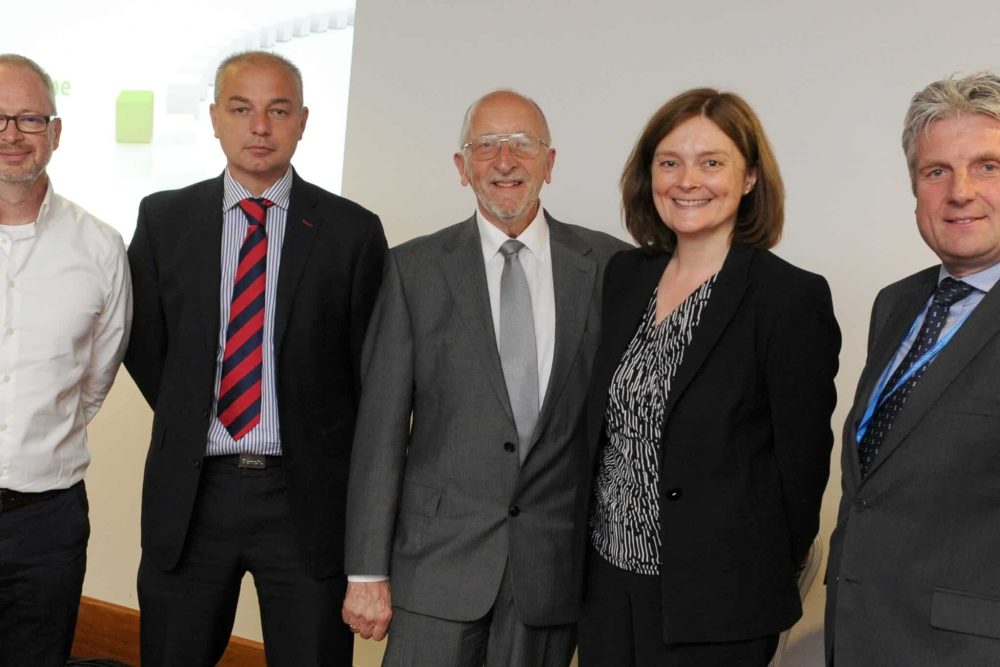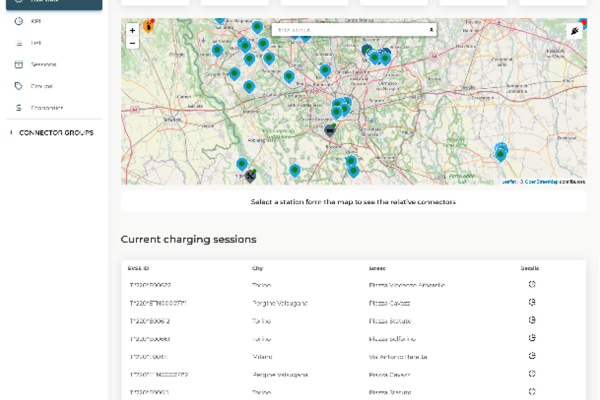BUSINESSES must make cultural changes to manage road safety , creating an environment around occupational road risk management in which employees take responsibility for their actions.
There must be board-level buy-in to deliver an at-work driving safety culture across employers, but too often corporate attitudes and business operations failed to take into account occupational road risk management, ICFM’s second Masterclass heard.
Lawyer Kathy Halliday, a partner at Veale Wasbrough Vizards, told fleet decision-maker delegates that company directors were “foolish” not to “carefully manage” employees making business-related journeys.
Ms Halliday said: “Managing occupational road risk is a key management responsibility and it should be elevated to board level.”
Andy Phillips, director of risk management, told the Masterclass: “Drivers should be given knowledge and information so their level of safety awareness increases and if they don’t feel safe to drive then they should be empowered to make decisions for themselves and not drive.
“However many policies and procedures are introduced, some level of responsibility must be with drivers. They must be educated on issues, for example in relation to the dangers associated with the use of mobile phones while driving.
“Employees should be given clear guidance and they can then make decisions based on that advice. That will create a safety environment that will drive continuous improvement.”
Too frequently, he said, no single person in an organisation “championed road safety” and often businesses operated in an environment that encouraged unsafe driving. Particularly, Mr Phillips told delegates at the ‘Occupational Road Risk Management’ Masterclass, that it applied in sales departments where employees and managers were provided with a bonus according to the volume of business won.
He added: “In a sales environment part of employees’ bonus should be based on the safety of the driver and the team. It is all about attitude and developing a safety culture.”
Around a third of road traffic collisions involve a person driving on work-related trips resulting in 20 deaths and 250 serious injuries a week.
The government-backed Driving for Better Business campaign has calculated on a 10% return on sales, that businesses would have to sell £60,000 worth of goods to cover the cost of a £3,000 crash.
Mr Phillips said: “The financial savings achieved by businesses from implementing an occupational road risk management policy is a very strong argument for taking action.”
Contributory factors to road crashes included driver fatigue, stress, poor planning, work load and home life pressures.
Businesses must take these factors into account, in instigating a cultural change in managing occupational road risk, said Mr Phillips at the seminar held alongside the Emergency Fleet Exhibition and the National Association of Police Fleet Managers’ Conference.
Highlighting that there were clear legal reasons for a road safety culture in businesses, he said: “Whatever an organisation’s motivation they will achieve cost savings, while also meeting their legal responsibilities and duty of care to employees and the general public.”
Explaining how the law applied to driving at work, Ms Halliday said that while the Health and Safety Executive’s ‘Managing Work-related Road Safety’ advice was ‘guidance’ she would view its best practice recommendations “as mandatory”.
“It is essential to evaluate risk, implement policies and then regularly monitor and review. Employers that don’t follow guidance will have breached their duty of care in the event of an incident,” she said. “Drivers on business trips should be less at risk because they should be carefully managed.”
The collision cost model assumes own vehicle damage, third party damage and third party injury costs of £3,000 and ‘hidden costs’ of £3,000. Based on a 10% profit margin a business would have to sell an additional £60,000 worth of products to cover the bill.
Employers must make “smooth driving cool”
Managing driver behaviour and the way vehicles were driven was critical to companies facing the multiple challenges of reducing road risk, improving fuel economy and cutting emissions, according to Tony Harbron, marketing director at in-vehicle driver behaviour technology provider Ashwoods Lightfoot.
Advocating that employees adopted a smooth driving style, Mr Harbron said: “That will immediately improve fuel consumption, reduce emissions and change the risk profile of drivers.”
Suggesting that Ashwoods Lightfoot was “trying to make smooth driving cool”, Mr Harbron called on small fleet decision-makers to:
- Identify when a vehicle was and was not being driven efficiently
- Use technology to deliver real-time, in-vehicle feedback to drivers to facilitate behavioural change
- Create rewards and incentives to encourage employees to adopt a smoother driving style.
“Put those three things together and businesses can make employees drive in a different way. That is good for fleets and good for everyone,” he said.
Good tyre management can have ‘big impact’ on road safety
Small feet decision-makers choosing the “right tyre” for vehicles was critical to improving road safety, Peter Wood, key account manager at premium tyre manufacturer Michelin told Masterclass delegates.
Producing a raft of data to highlight the safety performance between different premium brand tyres, he revealed how tests had shown that the stopping distance of a vehicle could increase by up to four metres in wet braking conditions.
“90% of the time, 10% of a tyre’s capability is used, but it is the 10% of the time when the tyre becomes very important that is critical. So choose the right tyre in a high specification,” said Mr Wood, who urged delegates to use established tyre labelling advice promoting fuel efficiency, wet grip and noise performance in making their tyre selections.
Furthermore, Mr Wood claimed that on a company car clocking up 60,000 miles during its fleet life the number of front axle premium tyres used could vary between four and seven.
“A tyre can be expensive, but they can pay for themselves in longevity as well as safety,” said Mr Wood, who also highlighted a recent Michelin study suggesting that maximising tyre life did not compromise safety.
The tyre manufacturer has recently rejected calls from industry experts for an increase in the minimum legal tread depth for tyres from 1.6mm to 3mm.
Michelin says there is “no link” between tread depths at the legal minimum of 1.6mm and increasing accident rates and highlighted that changing tyres at 3mm would cost small fleets money and increase carbon emissions – especially as a tyre became more fuel-efficient as it wears.
Tyre pressure surveys by Michelin also revealed that 38% of checks revealed them to be either ‘very dangerously’ or ‘dangerously’ under-inflated resulting in longer vehicle stopping distances, loss of grip and increased susceptibility to damage.
Mr Wood concluded: “Tyre choice and tyre management is an important consideration in respect of occupational road risk.”
Recognising vehicles as part of workplace
Too few employers recognise cars, whether company provided or employees’ own vehicles driven on business, and vans as an “extension of the workplace”, according to Peter Eldridge, a director of ICFM.
“Vehicles are part and parcel of the workplace and in terms of health and safety should be treated in exactly the same way,” said Mr Eldridge, who also believes that the level of “driver ownership and responsibility” has declined in the last 20 years.
Improvements in vehicle technology and build quality, he told Masterclass delegates, had made vehicles “more forgiving” and added: “Driver behaviour is getting worse, but their actions are disguised due to the performance of safety-related technology on vehicles. As a result, drivers are taking less responsibility for their actions, but the law is moving in the opposite direction.”
ICFM believes that is due to the decision of corporates, in many cases, to axe the job of full-time professional business car managers and devolve fleet responsibility across other departments such as HR, finance and procurement.
Consequently, said Mr Eldridge: “Many businesses do not recognise what they are risking by not effectively managing drivers and many directors do not understand the law and the impact it can have on a business, directors and employees generally in the event of a crash involving an at-work driver.”
He called on employers to ensure that driver culture was recognised at the recruitment stage and added: “There are a lot of questions around suitability of people in terms of the business, but there is a big wake-up call around engagement of new drivers as well as the appraisal of existing drivers.
“Staff recruitment and fleet policy must be joined together in terms of what is expected of employees when they driving on business. The link to HR is critical, but too often the vehicle does not feature in that department’s thinking. That has to change if a cultural shift across businesses is to occur.”







